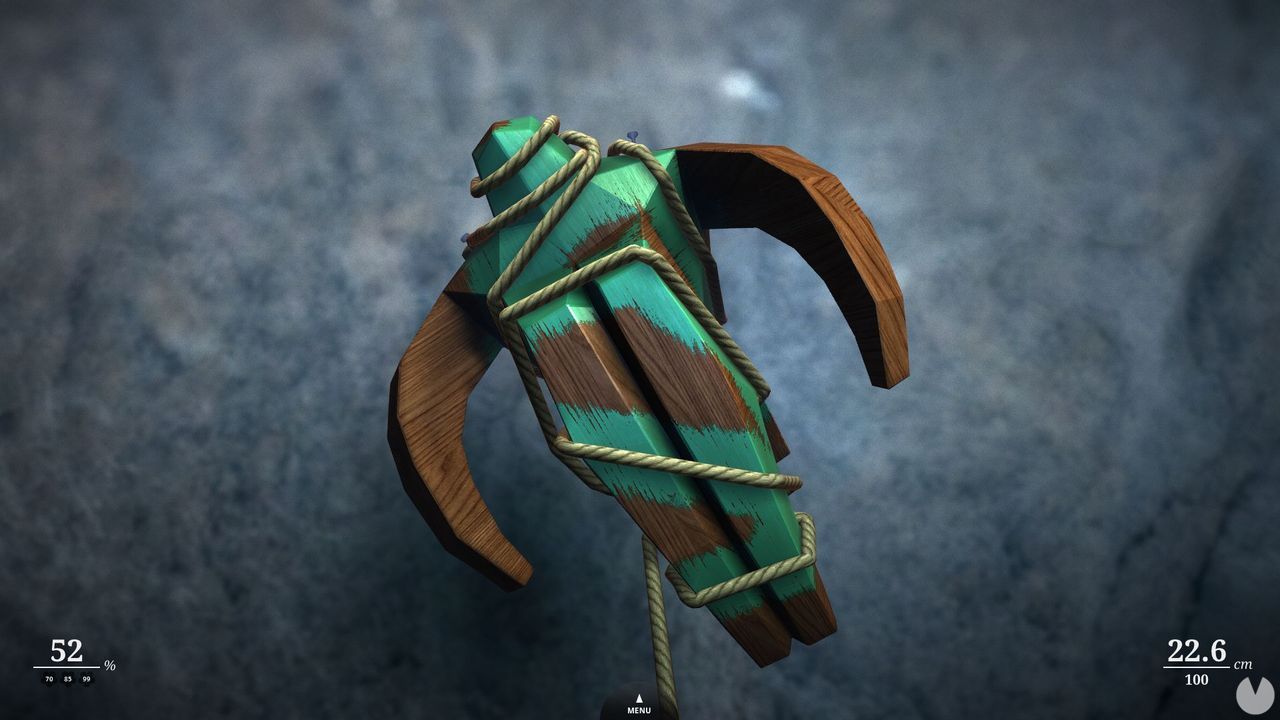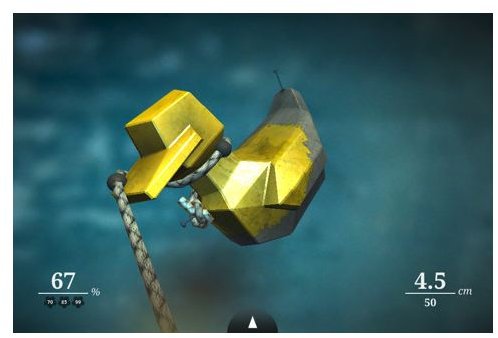

Wound healing assays reveal that CCTδ monomer levels influence directional cell migration and together our observations demonstrate that in addition to the folding activity of CCT in its oligomer form, a monomeric subunit is associated with events that involve the assembled cytoskeleton.

Intact microtubules are necessary for the formation of the protrusions, consistent with microtubule minus end transport driving the retraction fibre formation and depletion of either p150 Glued or the dynactin complex-associated transmembrane protein dynAP prevents the previously observed localization of GFP-CCTδ to the plasma membrane. Here, using a yeast two-hybrid screen we identify the dynactin complex component p150 Glued as a binding partner for CCTδ and show by siRNA depletion that this interaction is required for the formation of CCTδ-induced cell surface protrusions. For example, when CCTδ monomer levels are increased in cultured mammalian cells, numerous cell surface protrusions are formed from retraction fibres, indicating that an underlying function for the CCTδ monomer exists. In addition to folding, CCT activity includes functions of individual subunits in their monomeric form. p190-B RhoGAP translocated to the membrane protrusions of control siRNA-treated or untreated cells at the edge of the wound, but not in. Chaperonin containing tailless complex polypeptide 1 (CCT) is a molecular chaperone consisting of eight distinct protein subunits, that when oligomeric is essential for the folding of newly synthesized tubulin and actin. Wound edge cells in ARHGAP5 siRNA-treated cells had more abundant actin stress fibers but less membrane ruffling and protrusion at the leading edge than control siRNA-treated or untreated cells (Figs.


 0 kommentar(er)
0 kommentar(er)
